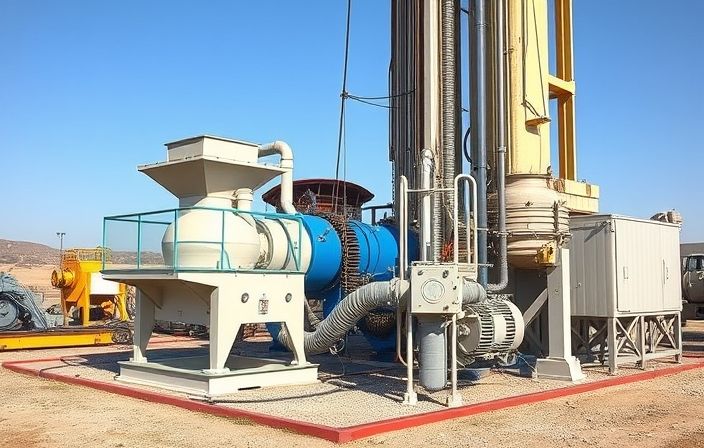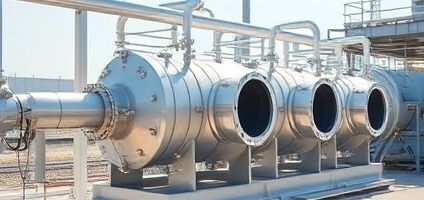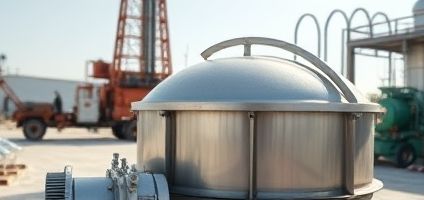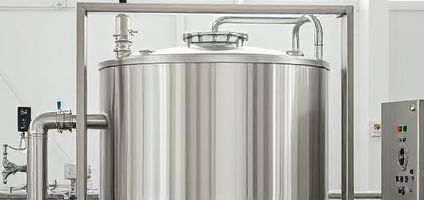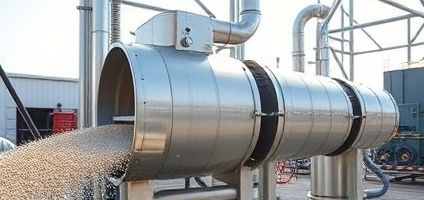What is a Solids Control System?
A solids control system is an integrated arrangement of mechanical equipment designed to remove drilled solids from drilling fluid (mud) while preserving the liquid phase for recirculation. Proper solids control is critical for maintaining drilling efficiency, reducing costs, and minimizing environmental impact.
Modern solids control systems typically consist of multiple stages of mechanical separation equipment arranged in series, each targeting different particle size ranges. The system works to maintain optimal drilling fluid properties by removing undesirable solids while retaining valuable liquid and chemical components.
Improved Drilling Efficiency
Reduces bit wear and improves ROP by maintaining clean drilling fluid
Cost Reduction
Lowers mud costs by extending fluid life and reducing disposal volumes
Environmental Compliance
Minimizes waste generation and facilitates proper disposal
Custom Configurations
Tailored systems for specific drilling conditions and requirements
